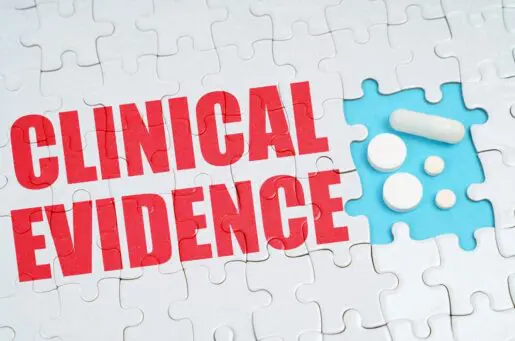Bioethics Forum Essay
It’s Unethical to Use Dental X-Rays to Send Migrant Children to Adult Detention Facilities
After the Taliban murdered his father and brother, and fearing for his own life, Hamid fled Afghanistan. As with many asylum seekers fleeing persecution, he entered the United States seeking safety and refuge. Hamid’s national ID card stated he was 17 years old when he presented himself to U.S. officials, but they did not believe him. They obtained dental radiographs and sent them to a forensic odontologist, who said that Hamid was likely to be over 18 years old. Based on this analysis, Hamid was detained in a prison with adult migrants. He spoke only Pashto, and could not communicate with anyone. One can only imagine the terror this child felt. “I have cried to my judges many, many times to please put me back with children my own age,” he told The Guardian. “My life inside detention is so hard.”
Children are coming to the border to seek asylum with and without their parents in record numbers. Many are still being separated from their families, despite an order from the Trump administration to end the zero-tolerance policy. Child migrants under 18 years old, accompanied or otherwise, are under the jurisdiction of the Office of Refugee Resettlement (ORR) for protection. Adults 18 years of age and over are placed into U.S. Immigration and Customs Enforcement (ICE) custody and are detained in adult detention centers that are much like prisons.
ORR is using dental scans to determine the age of children they do not believe are under the age of 18. The government standard refers migrants to adult custody if a dental analysis shows at least a 75% probability they are 18 or older, considered with other evidence.
David Senn, a dentist and professor of forensic odontology at UT Health San Antonio, has analyzed more than 2,000 cases since 1998, most of them for ORR and ICE. Last year his caseload tripled to 168. Two of these cases have been challenged on the legality of using only dental records to determine age in immigration decisions.
Senn uses a computer program that determines age by analyzing an image of the third molar, sometimes referred to as the wisdom tooth. The program compares the dental records of children crossing the border to those from Hispanic youths in Texas, Black youths from Tennessee and a penal facility in Arkansas, and white youths from the United States and parts of Canada, depending on the perceived race of a child. The method is scientifically unreliable, as dental age can differ greatly from chronological age depending on several environmental, nutritional, and genetic factors. It is highly likely that a child coming from rural Guatemala will have been exposed to a very different environment than Hispanic youth in Texas. In addition, third molar development only gives an estimated age range–not ideal when falling just a few days above the 18-years-old cutoff date could have such dramatic consequences.
Senn himself acknowledged the many limitations of third molar development in age estimation in a 2010 paper. Even the 2017 ICE Handbook cautions that dental radiographs are not meant to be used as a primary method for age determination.
Aside from the fact that dental radiograph analysis as a method of age determination is scientifically unreliable, obtaining and analyzing dental radiographs to determine if a child is to be sent to an adult prison is in violation of the American Dental Association Principles of Ethics, specifically the principle of nonmaleficence. Hamid remained in adult detention until bail was raised for his parole in 2018. In this case, the dentist’s analysis sent Hamid to an adult prison and contributed to his suffering.
Using dental radiographs to determine age in this context does not provide any benefit to the child and may be associated with significant harms. The conditions in adult detention centers are dangerous: A recent Inspector General report of a Texas detention center found dangerous overcrowding that led to standing room only in most cells, threats to health and safety of both detainees and employees, and dangerous temperatures inside and outside the holding facility.
Health professionals should never use their training or skills to act as agents of the state to accomplish a political agenda. Estimating a child’s age from dental radiographs is inaccurate, is of no benefit to the child, and causes harm. We recommend that ICE and ORR immediately halt the practice of using dental radiographs for determining age, and we call on the ADA to explicitly prohibit dentists from participating.
Claire Corkish and Yareliz Diaz (Twitter @yarelizdiaz4) are MPH candidates at the Boston University School of Public Health. Sondra Crosby, MD (Twitter @sondracrosby16) is an associate professor of medicine and public health at Boston University. They are at the Center for Health Law, Ethics & Human Rights, Boston University School of Public Health













